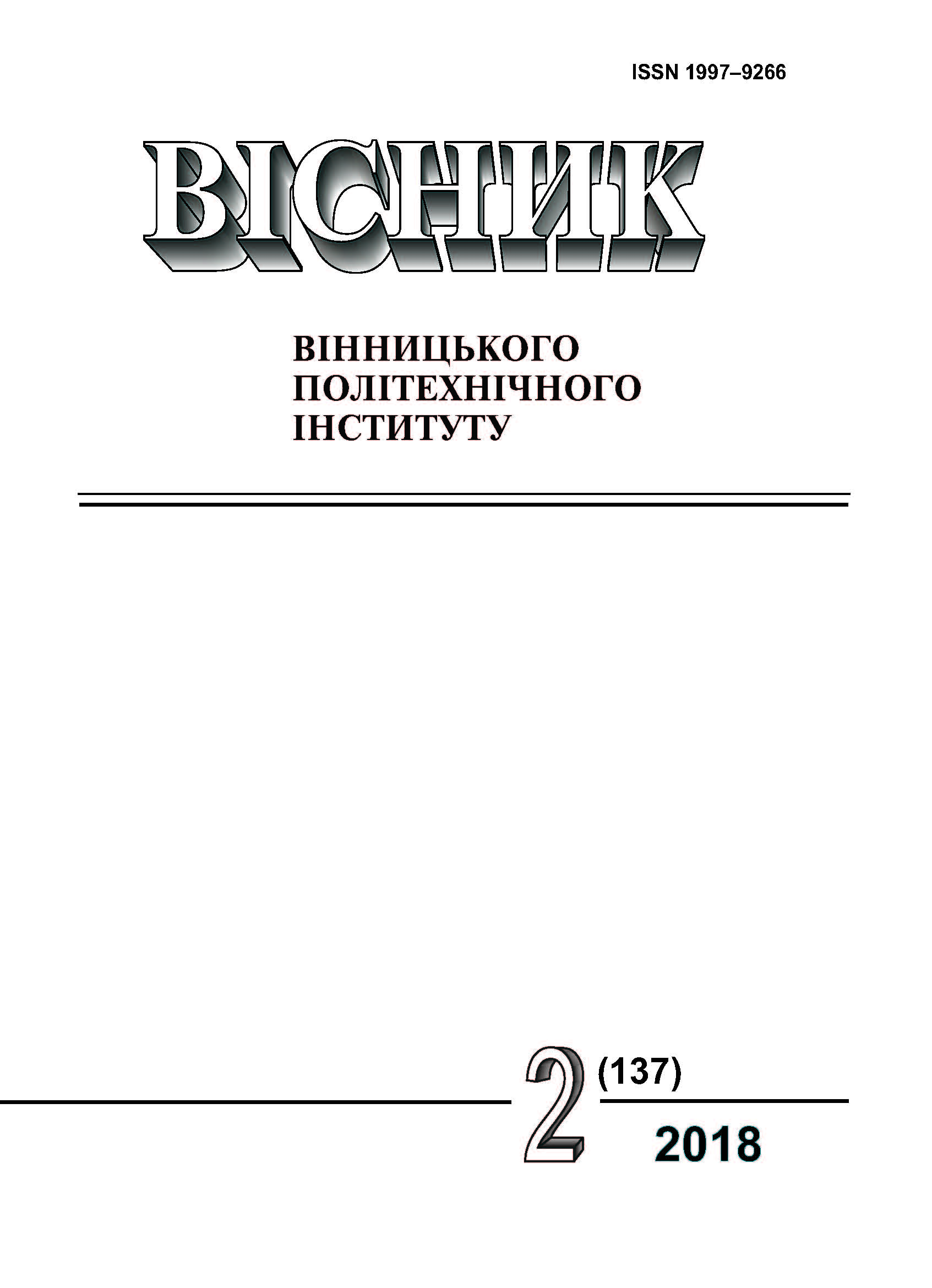Development and Research of the Neural Network Pump Efficiency Observer Based on the Programmable Logical Integral Scheme
Keywords:
pumping unit, programmable logic integrated scheme, neural network, observer, coefficient of effectiveness, electromechanical system, energy efficiencyAbstract
This paper deals with the actual task of design the technological parameter observer of the pumping unit. This approach can be applied into the systems where it is impossible to mount appropriate sensors without invasion into the hydraulic network.
For the technical implementation of the observer, the technology of neural networks is used, which, allows estimating the values of other coordinates based on the measured values, in this case, the efficiency of the pump. For the neural network training were used experimental captured arrays of pressure, efficiency and active power consumption of the pump unit.
Based on the choice of the neural network type and its settings, a mathematical description of the estimator for its implementation was used Altera DE1-SoC developer board, which was equipped with a field programmable logic device of the Cyclone V family and the Nios II processor.
Experimental investigation was carried out on a laboratory bench, consisting of a 0,33 kWt pump plant, a water supply system and Lenze 8200 Vector frequency converter operating in frequency control mode, to test the performance of the developed observer. Experiments were carried out for different operating points of the pump and at different load. In this case, the experimentally captured characteristics were compared with the calculated efficiency and the efficiency, which was estimated by the neural network.
The data analysis showed that the use of the neural network to evaluate the efficiency yields the maximum deviation of the estimated values in comparison with the cataloging characteristics is no more than 3 %, which is acceptable, given that a small training array of static characteristics had been formed. It is expedient to use more accurate sensors and train the neural network in dynamic modes to reduce the error.
This approach reduces the number of measuring values for the design control systems of technological coordinates and realizes energy-efficient turbo-mechanism control algorithms, where access to corresponding quantities measurement is complicated or impossible.
References
М. Г. Попович, Б. І. Приймак, та С. О. Бур’ян, «Електромеханічна система автоматизації насосної установки з оцінюванням продуктивності за допомогою нейронної мережі,» Вісник Кременчуцького державного політехн. ун-ту ім. М. Остроградського, № 3/2009 (56), Ч. 2, 2009, c. 57-59, 2009.
С. О. Бур’ян, та Т. В. Грищук, «Оцінювач коефіцієнта корисної дії насоса на основі нейронної мережі та каталожних характеристик,» у Електромеханічні та енергетичні системи, методи моделювання та оптимізації. Збірник наукових праць ІХ Міжнародної науково-технічної конференції молодих учених і спеціалістів. м. Кременчук, 07-08 квітня 2011 р., с. 97-98.
A. E. Cattaert, «High Pressure Pump Efficiency Determination from Temperature and Pressure Measurements,» in IEEE PES PowerAfrica 2007 Conference and Exposition, Johannesburg, South Africa, 16-20 July 2007.
N. Pechenik, O. Kiselychnyk, S. Buryan, and D. Petukhova, “Sensorless control of water supply pump based on neural network estimation,” Electrotechnic and Computer Systems. Scientific and technical journal. Odesa, № 03(79), pp. 462-466, 2011.
Overview of DE1-SoC Development Board / Solution for Altera FPGAs, Terasic Inc., [Online], Available: http://www.terasic.com.tw/cgi-bin/page/archive.pl?Language=English&No=836, 2013.
ITT Industries, Vogel Select CD, Selection Program Jan., 2009.
Д. Рутковская, М. Пилиньский, и Л. Рутковский, Нейронные сети, генетические алгоритмы и нечеткие системы, Москва, Россия: Горячая линия-Телеком, 2004, 452 с.
Neural Networks Toolbox User’s Guide: MathWorks, 2004.
Downloads
-
PDF (Українська)
Downloads: 151
Published
How to Cite
Issue
Section
License
Authors who publish with this journal agree to the following terms:
- Authors retain copyright and grant the journal right of first publication.
- Authors are able to enter into separate, additional contractual arrangements for the non-exclusive distribution of the journal's published version of the work (e.g., post it to an institutional repository or publish it in a book), with an acknowledgment of its initial publication in this journal.
- Authors are permitted and encouraged to post their work online (e.g., in institutional repositories or on their website) prior to and during the submission process, as it can lead to productive exchanges, as well as earlier and greater citation of published work (See The Effect of Open Access).





